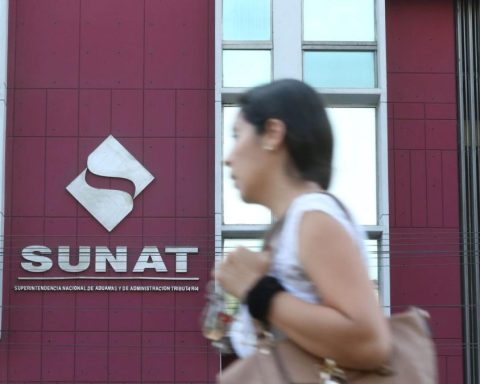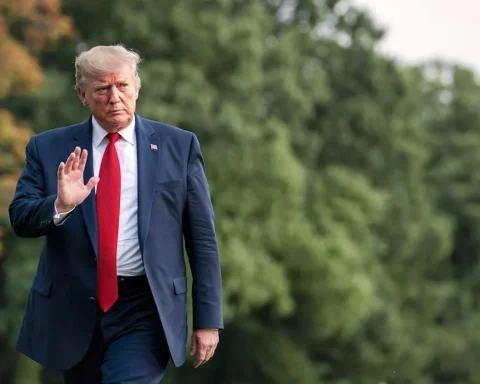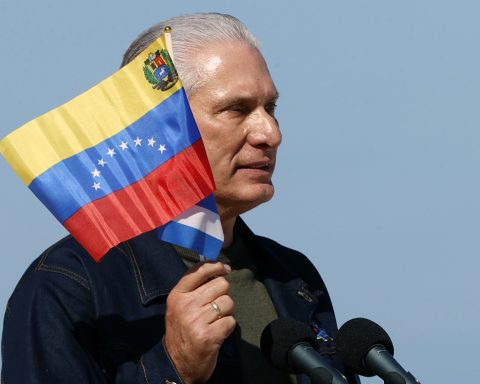With 134 years since its foundation, the Liberal Party has gone through a series of difficulties to position itself as one of the largest political forces. After a marked hegemony and specific stages of the party, the PLRA fights for the maintenance of its electoral force.
With 1,489,187 members in 2020, the Authentic Radical Liberal Party (PLRA), positioned itself as one of the forces with a significant electoral flow and facing the 2023 elections, the Liberal Party is one of those that will be able to face an important electorate for some quota in the next elections, but is the party capable of prevailing with a large number of supporters?
For Julio César “Yoyito” Franco, former vice president and former liberal senator, political parties undoubtedly have a cyclical time of advances, improvements, progress and even negative moments, but these do not concern only the Liberal Party, but each nucleation politics, even taking place all over the world.
“Without exceptions, there can be a setback and a questioning of politics. For me, the stellar moments of the Liberal Party occurred in 1911 and 1922, when liberal military officers who also sought to use the party were not allowed to govern the country,” recalled the politician.
Another determining aspect of the history of the PLRA, for Franco, was the Chaco War, which fell to the figure of Eusebio Ayala and General Estigarribia. Subsequently, stages came that ended up positioning the figure of the Liberal Party, such as having been a nucleation with the majority of its honest and referent rulers.
Then, in the August 2000 elections, the PLRA rose to the highest point in its history, overthrowing the ANR in the vice-presidential elections after many years, after the death of Luis María Argaña.
LIBERAL HEGEMONIES
Over time, the Liberal Party knew how to maintain a line of adherence between the population and Amambay is an example of this and in turn with its capital, Pedro Juan Caballero. On the other hand, he also observed a great hegemony in the department of Concepción and lately, in Cordillera a good amount of adherence is seen.
“The same thing can be seen in Caaguazú, while in the Central Department since 1993 we always had a Governor in charge, except for the last election period, where the party was defeated by a citizen who was ultimately denounced,” said the former vice president of the country.
At the time, Lider Amarilla, who lost the long liberal hegemony in Central against Hugo Javier, had attributed this abrupt change to the lack of collaboration from important sectors to support his campaign. In that sense, for Franco, the Liberal Party was never able to dispose of a sufficient quantity that it needed and, instead, the Colorado Party did have.
HIGH POINTS
For the former vice president of the Republic, Federico Franco, the most critical moment of the Liberal Party was observed after the vice presidency achieved in 2000 with Julio César “Yoyito” Franco. For the Liberal, after Patricio Guggiari’s victory, Yoyito’s victory was a very high point, as it was the first and only time that the PLRA defeated the ANR in the elections.
Regarding the loss of the Government of Central, which represented one of the hardest blows for the Liberal Party, but ruled that it does not represent a turning point because, in the end, the number 2 imposed by Horacio Cartes turned out to be the biggest failure in the history of the Government of the Central Department.
















